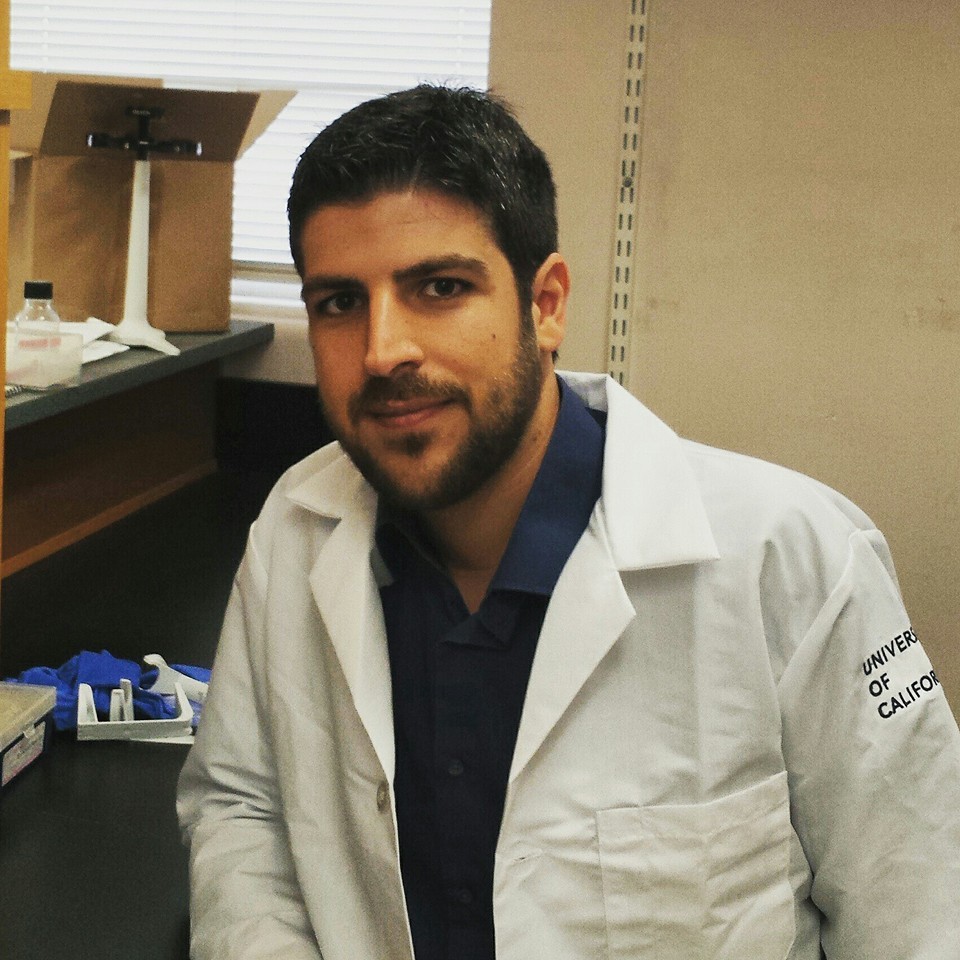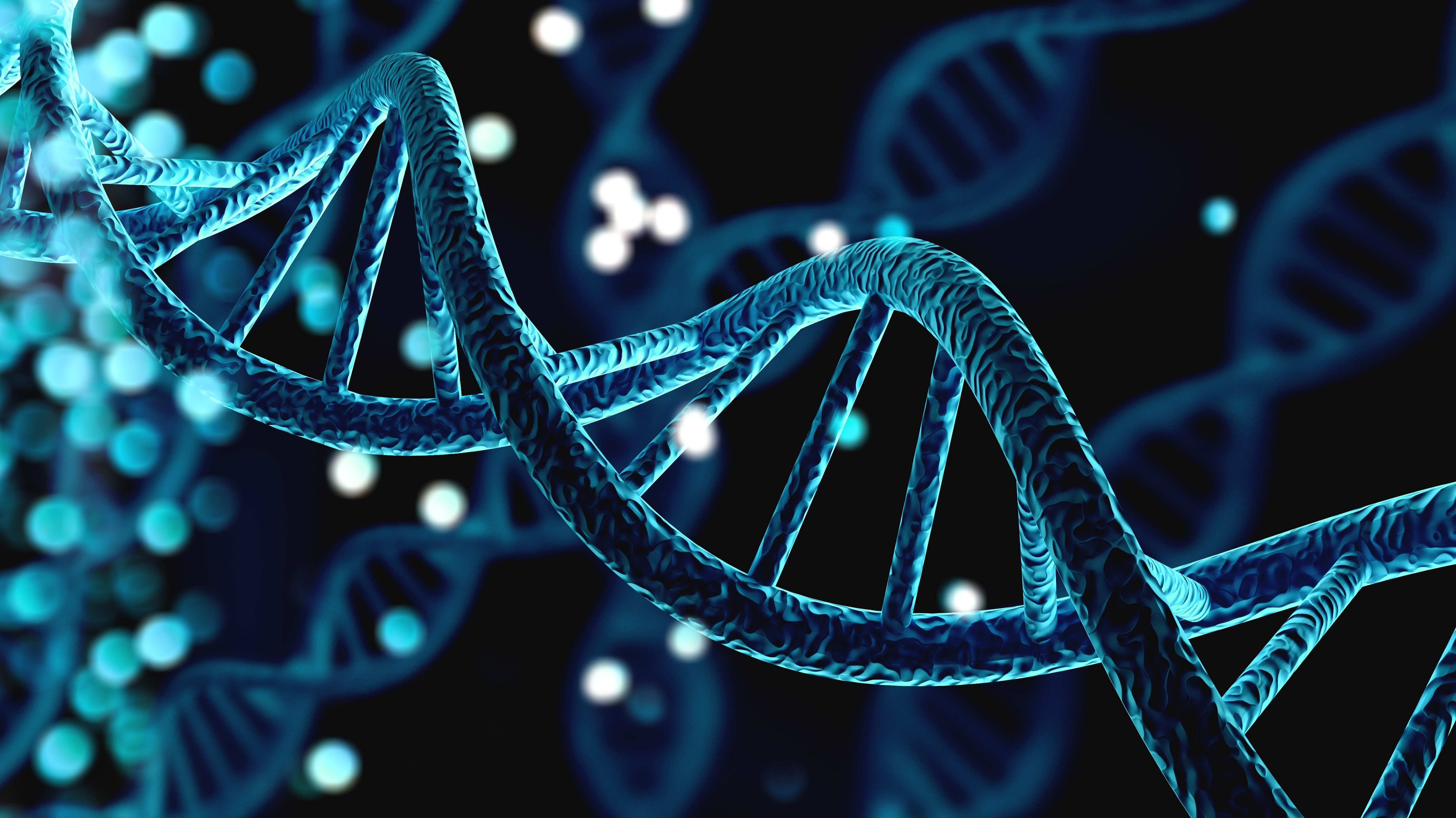Spinal Cord Injury
Update on TRACK-SCI: Toward Better Biomarkers and Data Accessibility for Spinal Cord Injury Research



Posted December 21, 2021
Nikolaos Kyritsis, Ph.D., University of California, San Francisco
In January 2021, an article on TRACK-SCI (Transforming Research and Clinical Knowledge in Spinal Cord Injury) was posted to the Congressionally Directed Medical Research Programs (CDMRP) website highlighting the initiative's development, evolution, and some key findings from the research team. TRACK-SCI is an ongoing SCIRP-funded multi-site study at the University of California, San Francisco (UCSF) Brain and Spinal Injury Center at Zuckerberg San Francisco General Hospital, UCSF Fresno Medical Center, and most recently, The Ohio State University Wexner Medical Center. The goal of TRACK-SCI is to collect patient demographics, treatment, and outcomes data to establish crucial evidence-based standards of care for early treatment of spinal cord injury. The initial CDMRP article included highlights on the research team's innovations in blood pressure management post injury,1-4 MRI-based biomarkers,5-7 surgical decompression,8-9 and blood-based biomarkers of spinal cord injury severity.10 The team recently used machine learning approaches across their patient database to discover an optimal mean arterial pressure (MAP) range that promotes recovery post-SCI.11 Time outside of this unexpectedly narrow MAP range was associated with lower likelihood of neurological recovery. It is likely that the findings from this study may contribute to changing the standard of care for blood pressure management for individuals with SCI (profiled in the news). This addendum is meant to provide an update on the activities of TRACK-SCI, including a new Fiscal Year 2020 (FY20) Spinal Cord Injury Research Program (SCIRP) award to further evaluate biomarkers of SCI across species, and an important data-sharing initiative that the team is contributing to, the Open Data Commons for Spinal Cord Injury (ODC-SCI).

Using Changes in Gene Expression in Blood as a Prognostic Biomarker for SCI Severity
The discovery of non-invasive blood-based biomarkers of spinal cord injury severity has the potential to transform treatment and diagnosis early after injury, ultimately leading to faster decision-making that could improve recovery and save lives. Moreover, these biomarkers could help guide individualized pharmacological and surgical treatment after spinal cord injury, leading to better patient outcomes. Dr. Nikolaos Kyritsis is exploring this possibility in his newly opened lab at the UCSF School of Medicine (https://profiles.ucsf.edu/nikolaos.kyritsis). These efforts are supported by a recently funded FY20 SCIRP Investigator-Initiated Research Award (W81XWH-21-1-0505) "Leveraging Clinical Transcriptomic Data for Targeted Drug Interventions in Preclinical Models of SCI." Dr. Kyritsis was the lead author on a recent TRACK-SCI publication showing that changes in gene expression in the blood early after injury can predict injury severity (i.e., AIS grade) with an overall accuracy of 72.7% in SCI patients.10 In this new award, Dr. Kyritsis and his team will build a database characterizing the link between biological changes seen in the blood and spinal cord of humans and rats and functional deficits after SCI. His team will use the most conserved gene expression patterns across species as pharmacological targets and, with the use of bioinformatic predictions, identify novel drug compounds in hopes of improving functional recovery in rats with SCI. Most importantly, this database is meant to provide researchers a tool to use to guide future pharmacological interventions in animal models and humans with SCI, and in doing so, transform the standard of care and prognostic tools available to individuals with SCI.

Sharing Data to Change the Collaborative Landscape of SCI Research
The ODC-SCI is a research database for investigators to store and share datasets with the public and has powerful tools for collaboration across labs and institutions. Through this resource, the general public can access cutting-edge SCI research datasets, and researchers can communicate, upload, and share data to enhance replicability, innovation, and collaboration within the community. The TRACK-SCI team is now contributing de-identified patient data, collected as part of their SCIRP-funded efforts, to the ODC-SCI (doi:10.34945/F5QC7J; doi:10.34945/F58C7H). These complex multicenter and multispecies datasets are freely available to the SCI community and are a unique resource to leverage in future animal model and human spinal cord injury research. These efforts could ultimately lead to more sophisticated biomarkers and therapeutics and effect positive change for clinical standard of care after spinal cord injuries.
Selected Publications:
1Hawryluk G, Whetstone W, Saigal R, et al. 2015. Mean arterial blood pressure correlates with neurological recovery after human spinal cord injury: Analysis of high frequency physiologic data. J Neurotrauma 32(24):1958-1967. doi:10.1089/neu.2014.3778.
2Catapano JS, Hawryluk WJ, Whetstone W, et al. 2016. Higher mean arterial pressure values correlate with neurologic improvement in patients with initially complete spinal cord injuries. World Neurosurg 96:72-79. doi:10.1016/j.wneu.2016.08.053.
3Inoue T, Manley GT, Patel N, and Whetstone D. 2013. Medical and surgical management after spinal cord injury: Vasopressor usage, early surgeries, and complications. J Neurotrauma 31(3):284-291. doi:10.1089/neu.2013.3061.
4Nielson JL, Paquette J, Liu AW, et al. 2015. Topological data analysis for discovery in preclinical spinal cord injury and traumatic brain injury. Nat Commun 6:8581. doi:10.1038/ncomms9581.
5Haefeli J, Mabray MC, Whetstone SS, et al. 2017. Multivariate analysis of MRI biomarkers for predicting neurologic impairment in cervical spinal cord injury. Am J Neuroradiol 38(3):648-655. doi:10.3174/ajnr.A5021.
6Mabray MC, Talbott JF, Whetstone D, et al. 2016. Multidimensional analysis of magnetic resonance imaging predicts early impairment in thoracic and thoracolumbar spinal cord injury. J Neurotrauma 33(10):954-962. doi:10.1089/neu.2015.4093.
7Talbott JF, Whetstone WD, Readdy WJ, et al. 2015. The Brain and Spinal Injury Center score: A novel, simple, and reproducible method for assessing the severity of acute cervical spinal cord injury with axial T2-weighted MRI findings. J Neurosurg Spine 23(4):495-504. doi:10.3171/2015.1.SPINE141033.
8Burke JF, Yue JK, Ngwenya LB, et al. 2019. Ultra-early (<12 hours) surgery correlates with higher rate of American Spinal Injury Association impairment scale conversion after cervical spinal cord injury. Neurosurgery 85(2):199-203. doi:10.1093/neuros/nyy537.
9Yue JK, Hemmerle DD, Winkler EA, et al. 2020. Clinical implementation of novel spinal cord perfusion pressure protocol in acute traumatic spinal cord injury at U.S. level I trauma center: TRACK-SCI study. World Neurosurg 133:e391-e396. doi:10.1016/j.wneu.2019.09.044.
10Kyritsis N, Torres-EspÃn A, Schupp PG, et al. 2021. Diagnostic blood RNA profiles for human acute spinal cord injury. J Exp Med 218(3):e20201795. doi:10.1084/jem.20201795.
11Torres-EspÃn A, Haefeli J, Ehsanian R, Torres D, Almeida CA, Huie JR, Chou A, Morozov D, Sanderson N, Dirlikov B, Suen CG, Nielson JL, Kyritsis N, Hemmerle DD, Talbott JF, Manley GT, Dhall SS, Whetstone WD, Bresnahan JC, Beattie MS, McKenna SL, Pan JZ, Ferguson AR; TRACK-SCI Investigators. 2021. Topological network analysis of patient similarity for precision management of acute blood pressure in spinal cord injury. Elife. 2021 Nov 16;10:e68015. doi: 10.7554/eLife.68015.
Links:
UCSF Researchers Introduce Promising New Treatment for Spinal Injuries
Last updated Wednesday, March 19, 2025














